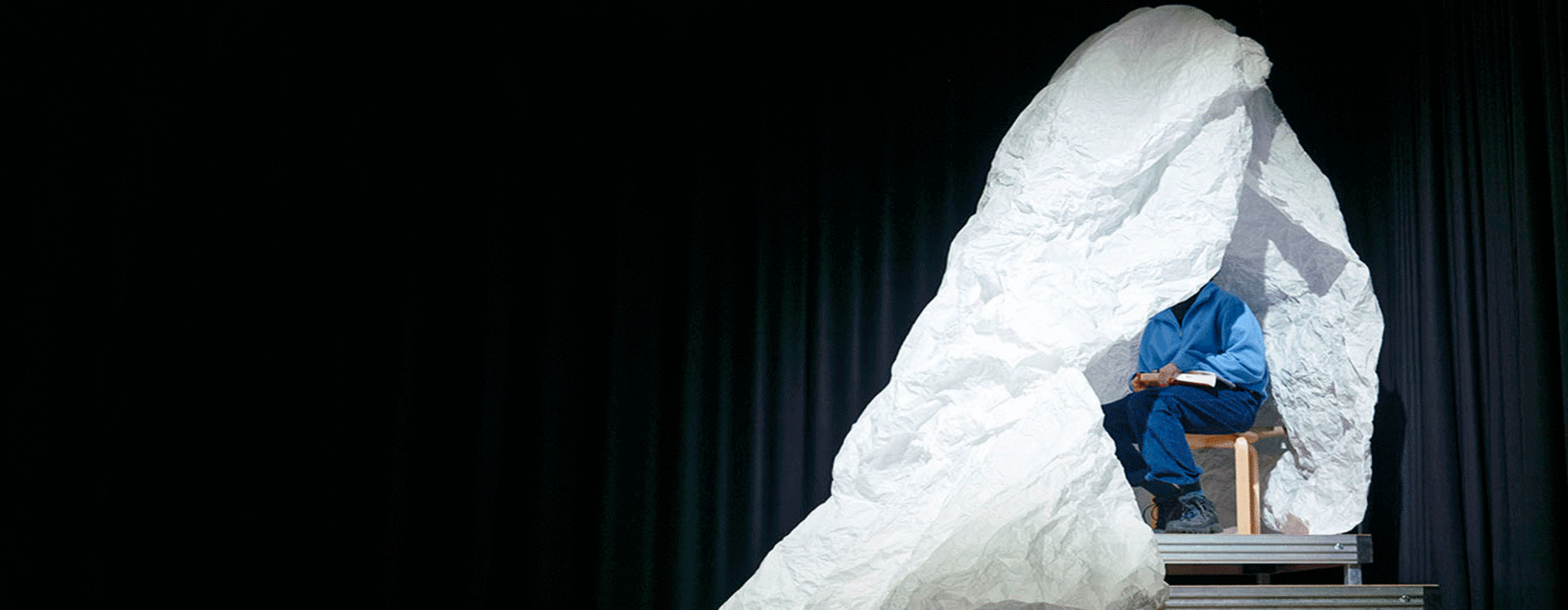Climate crisis, Regeneration
You cannot build a world on either an ark or a slave ship. I propose imagining a world-ship, populated with humans and non-humans, by taking into account the history of each and every one. On this boat, there is nobody in the hold. Everyone lives on deck.
Malcom Ferdinand

Danzas Climáticas (Installation), Kunsthalle Wien. Endangered Human Movements Vol. 5. Amanda Piña / nadaproductions.

Photos: Michel Jimenez.
In the context of mass species extinction and anthropogenic climate change, there is an urgency to inhabit a more compassionate and sustainable co-existence with the planet and nonhuman plants and animals. For many, it would be a mistake to think that science and technology (alone) will “save” us. So, what can the arts do? What can theatre and dance do in response to climate emergency? How do theatre and dance need to rethink themselves in order to contribute to better planetary futures? How can they learn from Indigenous knowledge of nature as kin rather than resource; to perform a kinship with animals, plants, mountains, seas?
For some, the arts can take the form of environmental activism and make a direct intervention into ecological issues, even leading to lasting behavioural change. For others, performance should be cautious of an overblown idea of its potential social impact and wary of the risk of instrumentalization. For others again, the role of the arts and creative practices might be to change the stories we tell ourselves about the relationships between human and nonhuman worlds, imagine new ways of life and contribute to the unlearning of anthropocentrism as a dominant paradigm in the Western world.
At the ATD Lectorate, we are interested in how the theme of ecology intersects with our concern with social justice: how climate crisis affects communities unequally and reinforces social inequality. We want to examine extinction and environmental crisis in their inseparability from colonialism, racism and capitalism.
We also explore the meeting of the themes through the concept of ecological grief: the grief people feel due to the loss of species, habitats and landscapes.
– What can theatre and dance do in the context of climate crisis?
– How can we decentre the human from theatre and dance?
– How can the performing arts be made more sustainable?
– Can the arts help us to unlearn anthropocentrism?
– How can art enact less violent ways for humans to inhabit the earth?
– Can performance explore the shared yet differing nature of human and nonhuman animal worlds?
Work in this theme addresses the relationship of the performing arts and creative producing to a wide range of topics, including:
- Climate crisis, species extinction, pollution
- Role of the arts as/in environmental activism and climate justice
- Learning from Indigenous methodologies, Native ways of knowing, Indigenous performance and relationships to land, nonhuman entities; Indigenous-scientific collaborations
- Decolonial & queer ecologies
- The role of nonhuman and more-than-human entities in performance (as actors, persons, collaborators, audience): animals (including insects), plants, objects, non-organic matter
- Modes of relation between human and nonhuman: anthropocentrism, anthropomorphism, co-existence, interconnectedness, entanglement
- Performance in/with/alongside landscape, sea, weather, trees, mountains, geology, soil
- Nonhuman life and agency, vibrant matter and the life of things
- More-than human dimensions of time and space: geological time, slowness, multiple durations; micro-ecologies and planetary scales
- Sustainability: sustainable practices in arts and creative industries, the role of the arts in inventing sustainable ways of living
- Theatre and dance as ecologies, ecosystems, atmospheres, climates
- Ecocriticism, ecological theatre
- Art & permaculture: ecological approaches to land, food, shelter, energy
- Role of imagination and storytelling in ecological change
